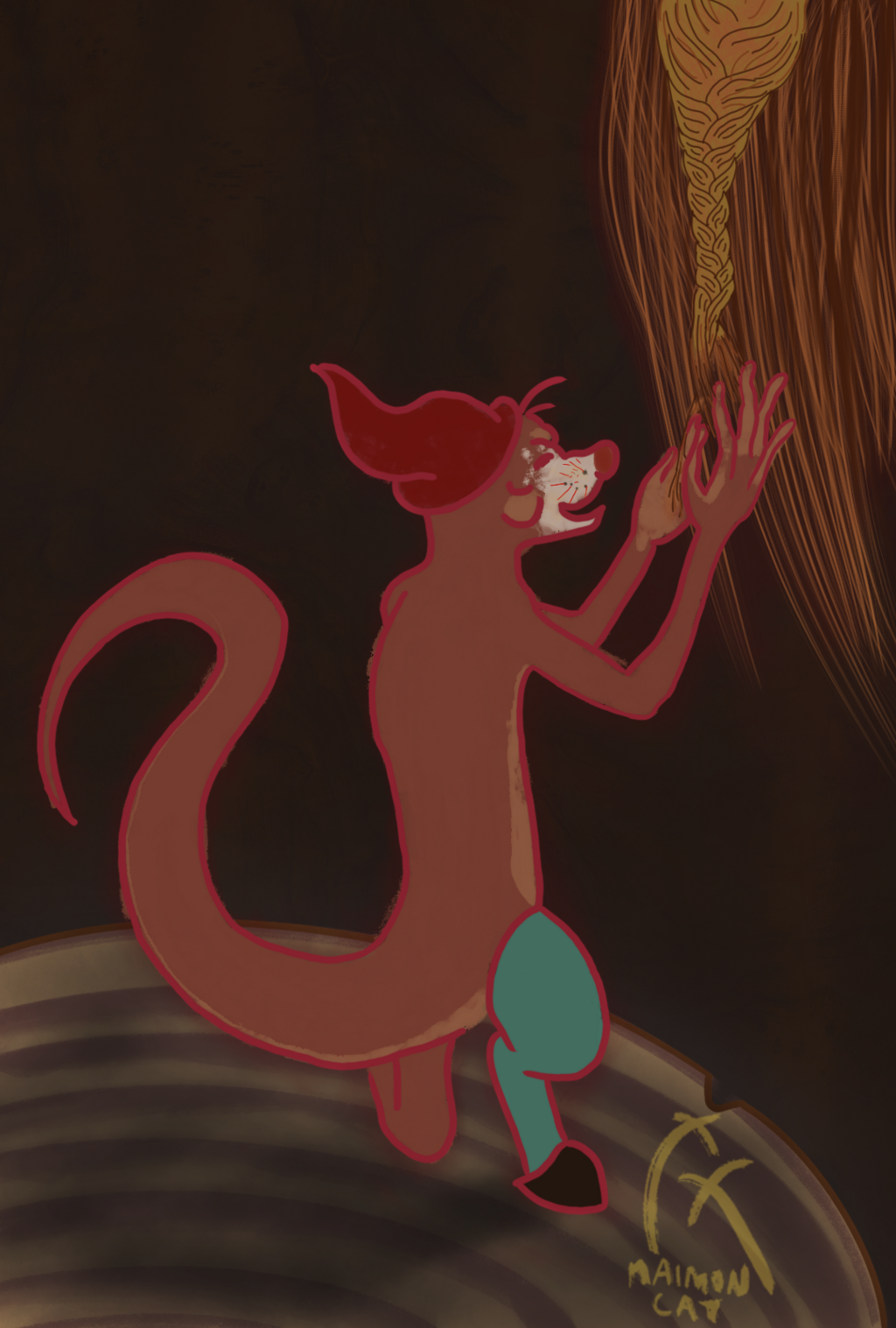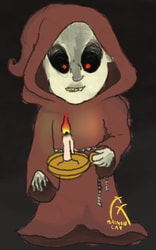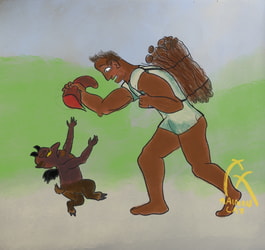Sign In
Close"Giacomo mi stava raccontando che aveva visto il folletto, diceva che era rosso, con la coda, una zampa come quella dell’asino e alto come un gallo; mi indicava il punto preciso in cui l’aveva sorpreso nella stalla, lo descriveva con estrema naturalezza, così come si parla di un essere reale e a me è scappato un sorriso, come per dire, crede nei folletti; il sorriso di una cultura arrogante che ha distinto e deciso ciò che esiste. A poco a poco però, mentre Giacomo continuava a raccontare, mi rendevo conto che, nella sua descrizione del folletto, c’erano tracce di ciò che aveva sentito da suo padre e suo padre da suo nonno, indietro nei secoli e nelle generazioni fino al settecento, fino al medioevo e probabilmente alle prime popolazioni che abitavano l’Appennino. Allora il mio sorriso si è trasformato in una smorfia di stupore perché, all’improvviso, ho capito di non avere di fronte solo Giacomo, un anziano signore di Bosco di Corniglio dalla voce tremante, ma il depositario di una mitologia antichissima, che viveva e si diffondeva attraverso la parola.”
- Mario Ferraguti, “Dove il vento si ferma a mangiare le pere - Viaggio sull’Appennino alla ricerca del folletto”
”Giacomo erzählte mir daß er den Kobold gesehen hatte, er sagte daß er rot war, mit einem Schwanz, einer Pfote wie die des Esels und so hoch wie ein Hahn; er zeigte mir den genauen Punkt an dem er ihn im Stall überrascht hatte, er beschrieb ihn mit so einer Gelassenheit, wie wenn man von einem echten Wesen spricht, dass ich mir das Lächeln nicht verkneifen konnte, als ob ich sagen wollte, er glaubt an Kobolde; das Lächeln einer hochmütigen Kultur, die entschieden und aufgeteilt hat, was es gibt. So langsam aber, während Giacomo weiter erzählte, fiel mir auf wie, in seiner Beschreibung des Kobolds, es Spuren gab von dem, was sein Vater ihm erzählt hatte und sein Großvater seinem Vater, Jahrhunderte und Generationen zurück bis ins Achtzehnte Jahrhundert, bis ins Mittelalter, wahrscheinlich sogar bis zu den ersten Bevölkerungen des Appenins. Da wurde mein Lächeln zu einem Staunen, weil mir plötzlich kklar wurde, dass ich nicht nur vor Giacomo, dem alten Mann aus Bosco von Corniglio mit der zitternden Stimme, stand, sondern vor dem Verwahrer einer uralten Mythologie, die durch das Wort lebte und sich verbreitete.“
- Mario Ferraguti, „Wo der Wind anhält, um Birnen zu essen - Reise in den Appennin auf der Suche nach dem Kobold“
“Giacomo was telling me that he had seen the goblin, he said it was red, with a tail, one paw like that of the donkey and as tall as a rooster; he pointed me to the exact point where he had surprised it in the barn, he described it with such ease, like how you talk about something real and I could’t help but smile, as to say, he believes in goblins; the smile of an arrogant culture, that has distinguisehed and decided what exists. But slowly, as Giacomo kept on talking, I realized that, in his description of the goblin, there were traces of what he had heard from his father and his father from his grandfather, back through centuries and generations, to the Seventeenth century, to the Middle Ages, perhaps even to the first people inhabiting the Appennine. That’s when my smile turned into a look of surprise, because suddenly I understood that I wasn’t just speaking to Giacomo, an old man from Bosco of Corniglio with a trembling voice, but to a depository of an ancient mythology, that lived and spread through words.”
- Mario Ferraguti, “Where the wind stops to eat pears - Journey on the Appennine in search of the goblin”
Submission Information
- Views:
- 142
- Comments:
- 0
- Favorites:
- 0
- Rating:
- General
- Category:
- Visual / Digital




